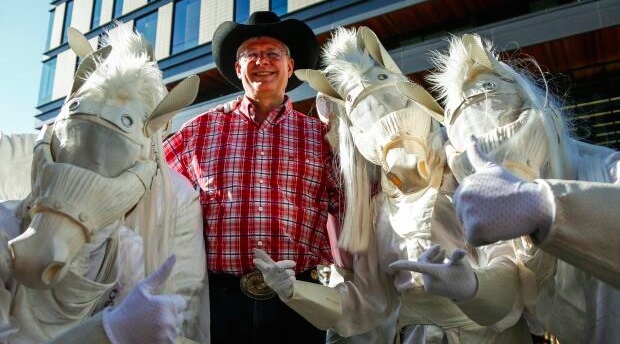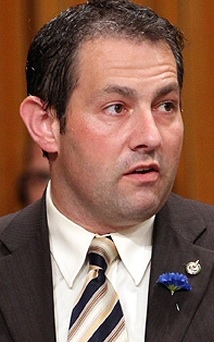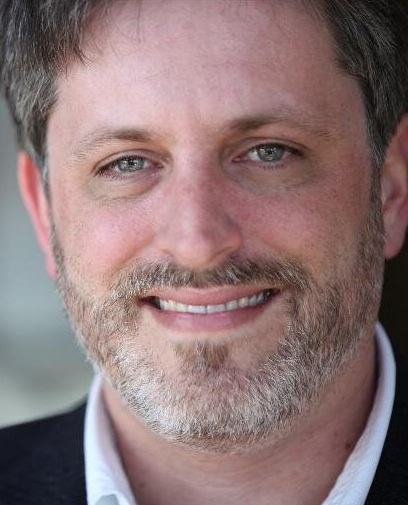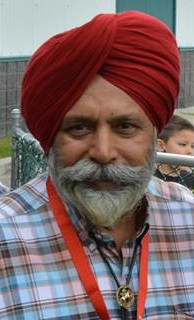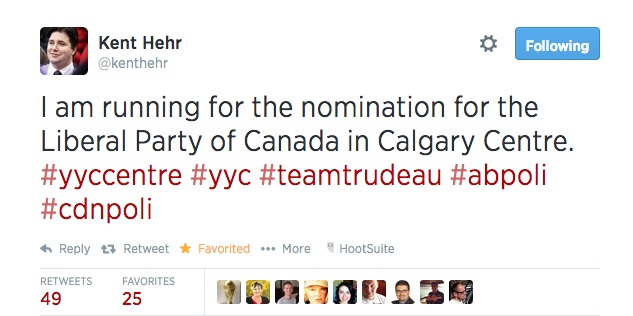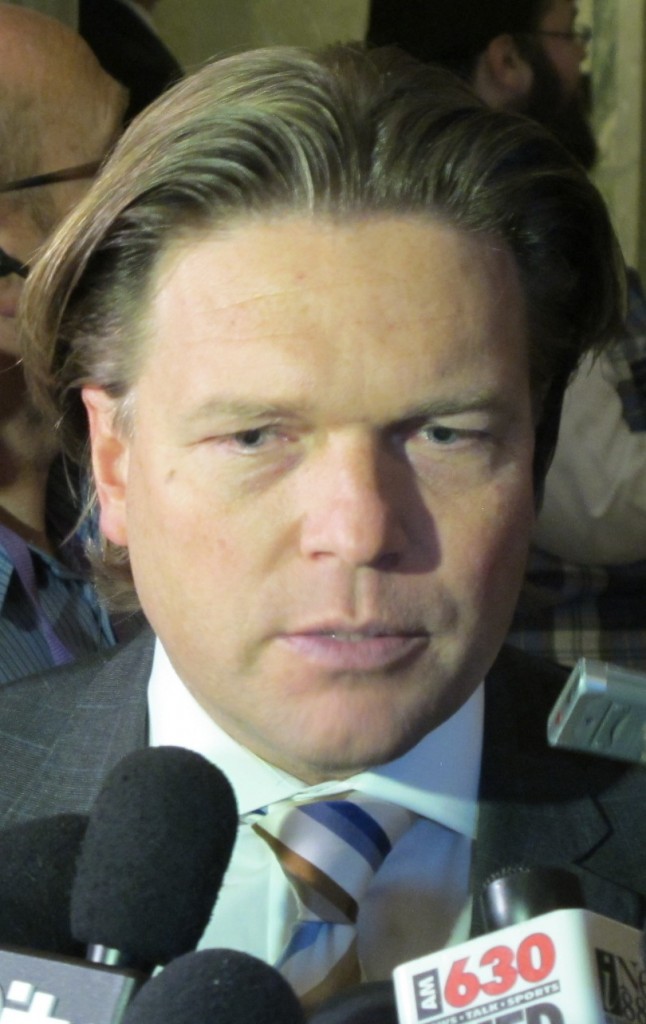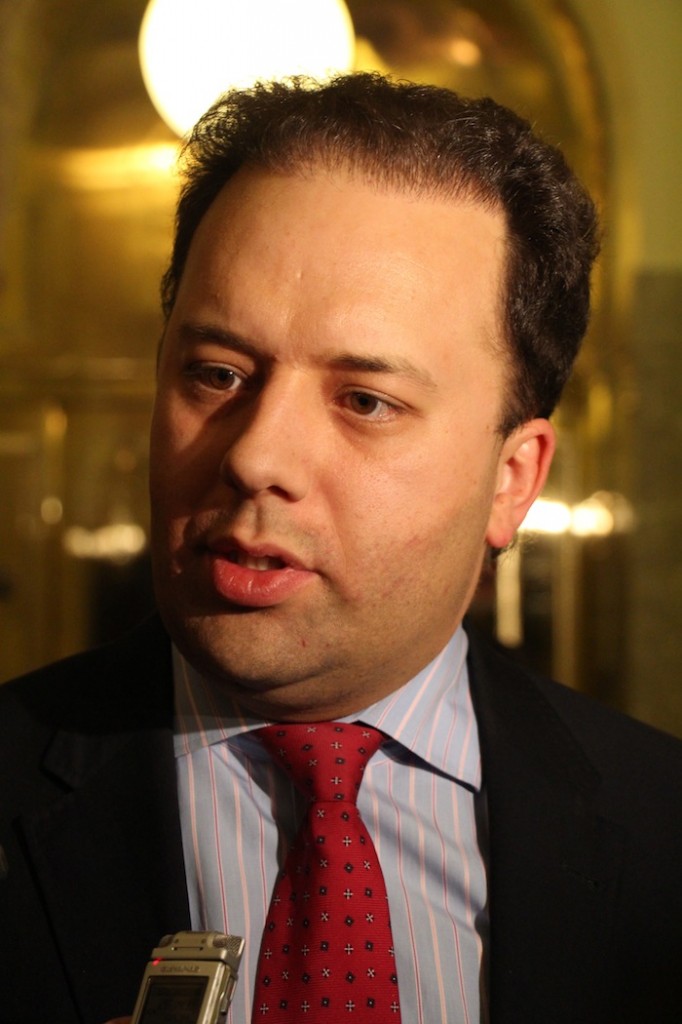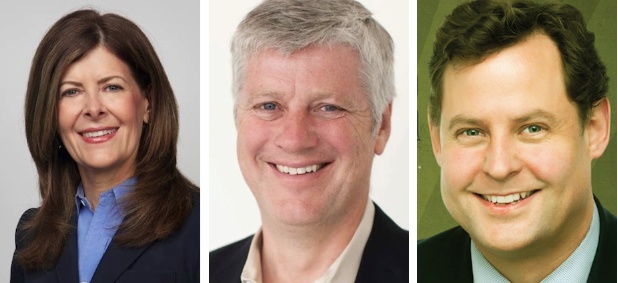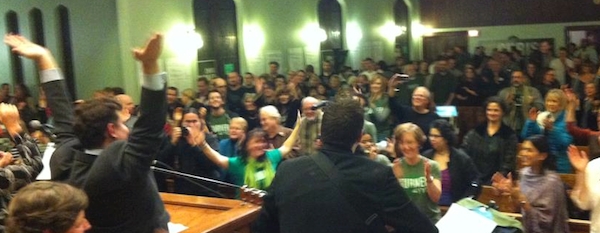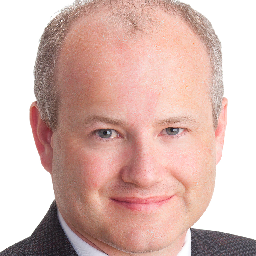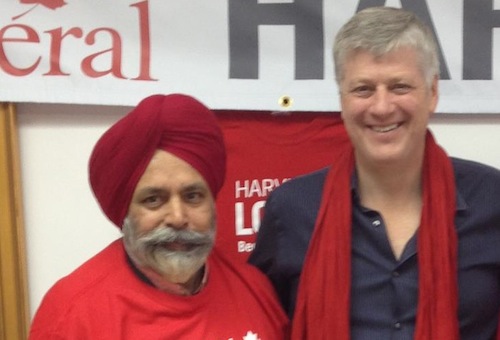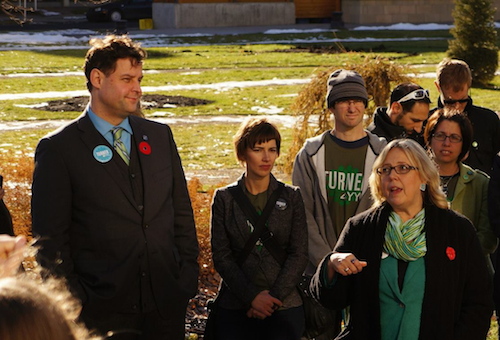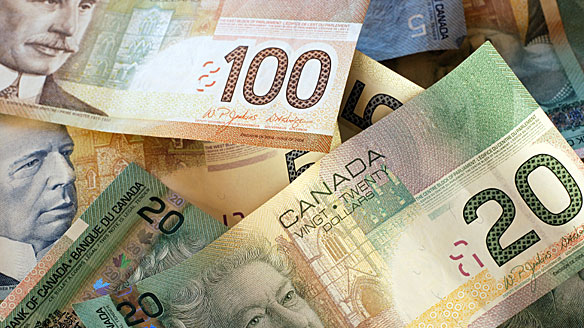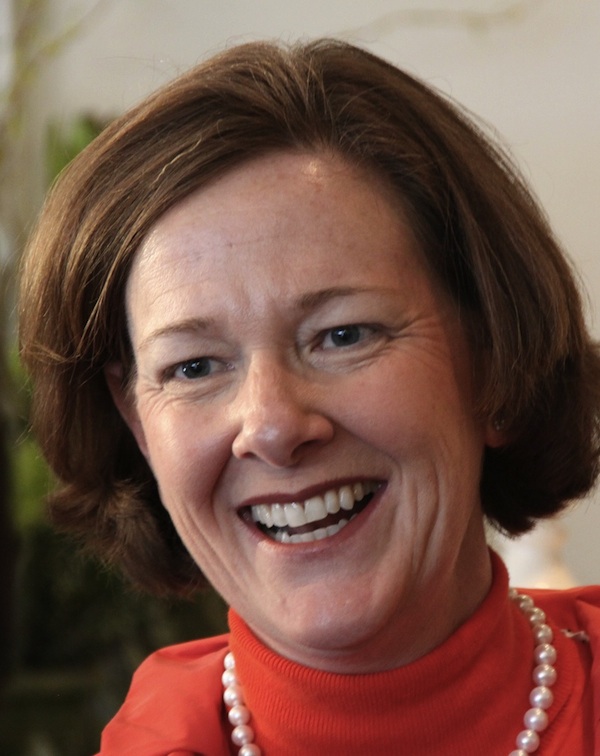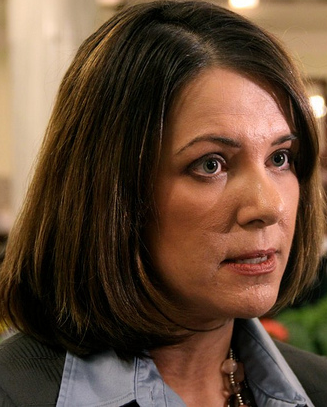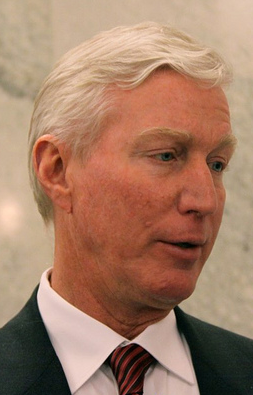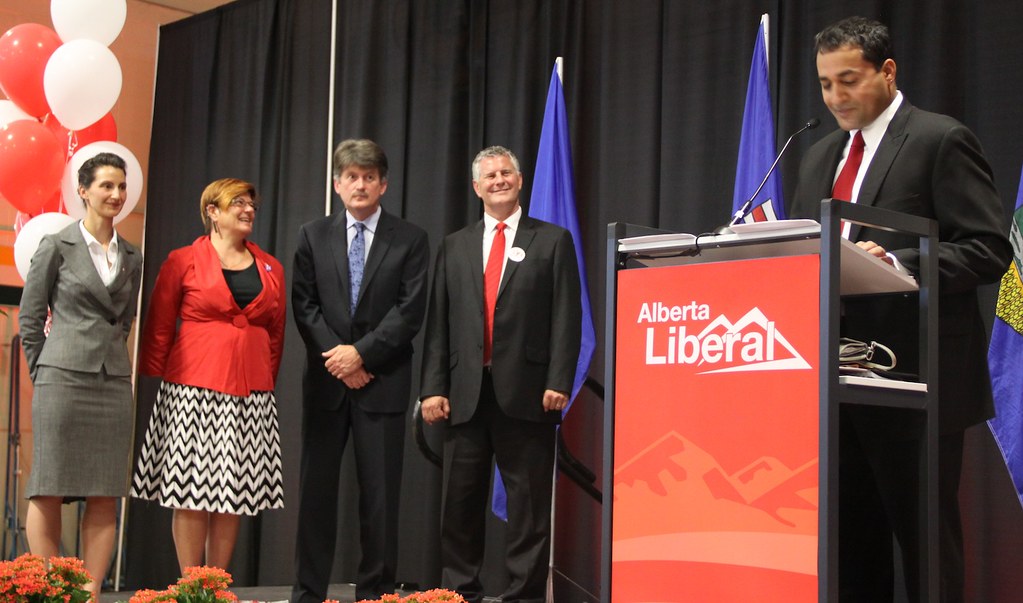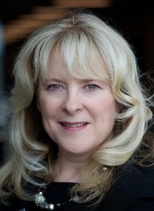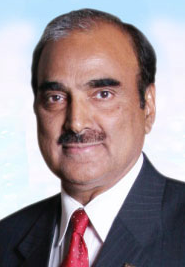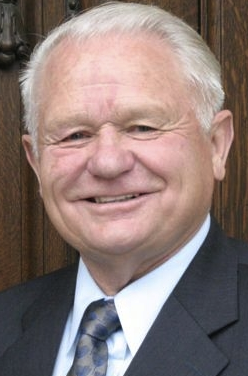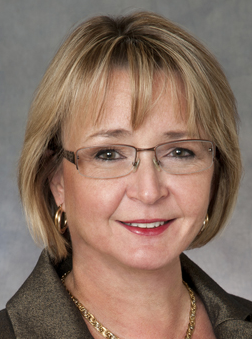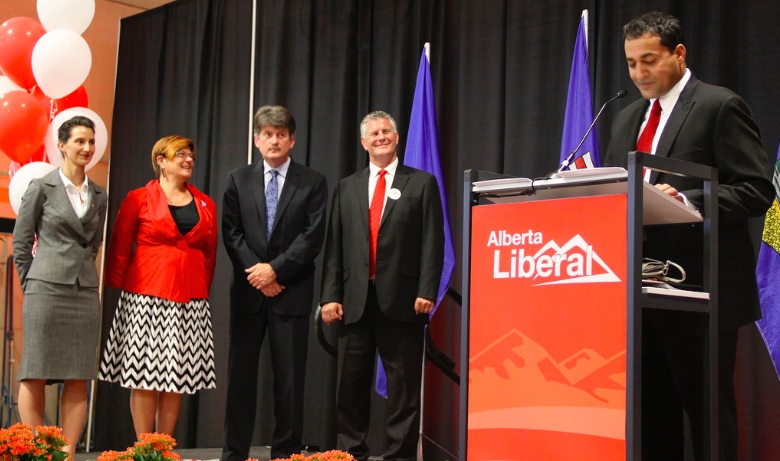
It has been a long time since things have looked good for the Alberta Liberals. The provincial party has been teetering on the verge of the political abyss for years but lately the future looks especially bleak.
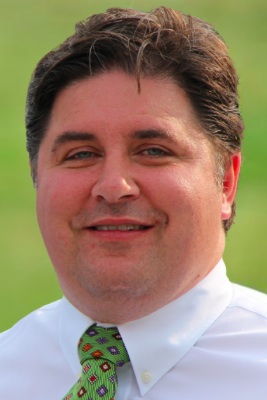
Recent announcements that popular Calgary Liberal MLAs Kent Hehr and Darshan Kang are moving to greener pastures in federal politics with Justin Trudeau’s Liberals will shrink the provincial Liberal caucus to just three MLAs, leaving the party with its smallest caucus in nearly thirty years. The two departures also mean the party may be forced to play defence in two by-elections before the next general election, a feat not aided by continuously low fundraising returns.
In the 2012 provincial election, Liberal support dropped to its lowest level since the 1980s, with only five candidates incumbent MLAs re-elected and the party losing its hold on formerly reliably Liberal-voting ridings like Edmonton-Gold Bar, Edmonton-Riverview, Calgary-Currie and Calgary-Varsity.
But the biggest blow to the Liberals in that year’s election was losing Official Opposition status to the Wildrose Party, a title the Liberals had held in Alberta since 1993. Since losing its place as the default opposition to the Tories, the party has struggled to define its identity in a new political environment dominated by two conservative parties.

With the departure of Mr. Hehr and Mr. Kang, the party will soon have less MLAs than the New Democratic Party, which, in the midst of its own leadership race, is showing signs of positive growth in Edmonton. The NDP, the Liberal Party’s long-time rivals, seem to be paying less attention to that party, focusing instead on the new Progressive Conservative-Wildrose dominance of Alberta’s political environment. And the recent defection of a senior Liberal Party official to the tiny Alberta Party also raised eyebrows.
It would be unfair to assign the blame on one person, especially considering the Liberal Party has been a slow state of decline since 1993 (with the exception of the 2004 election, where the party, led by Kevin Taft, increased its MLAs).
The party’s current leader, Raj Sherman, is the definition of a wildcard. The former PC MLA and junior cabinet minister has been an odd fit in the Liberal benches. Those who work close to him describe him as kind and well-meaning, but his scattered and erratic behaviour make him difficult to anticipate. The Liberals took a risk in choosing an outsider as their leader and, at least today, there does not appear to be a reward in sight.
MLAs like Edmonton-Centre‘s Laurie Blakeman and Calgary-Mountain View‘s David Swann are hard-working representatives, but as a caucus, the Liberals tend to act more like Independent MLAs who share office space.
Despite the bleak view on the horizon, I would never count the Liberals out. They have been constant underdogs and they have a highly committed base of activists who are extremely loyal to their party’s traditional brand.
It is too soon to tell whether the provincial Liberals will benefit from a new wave of Trudeaumania in federal politics. A big question is whether the Liberals will follow the trend of their provincial prairie cousins in Saskatchewan and Manitoba, who have become become non-existent or irrelevant in recent decades.

